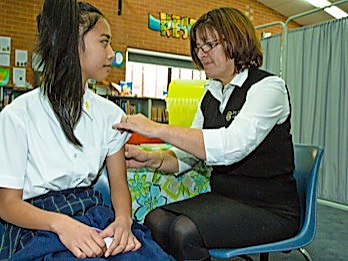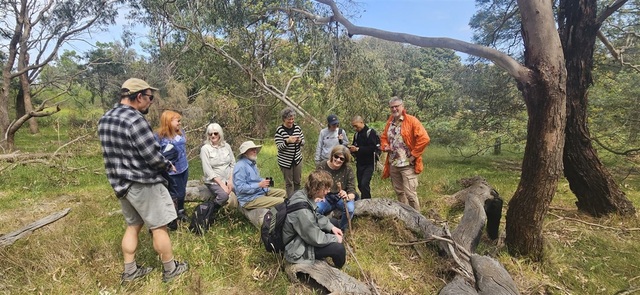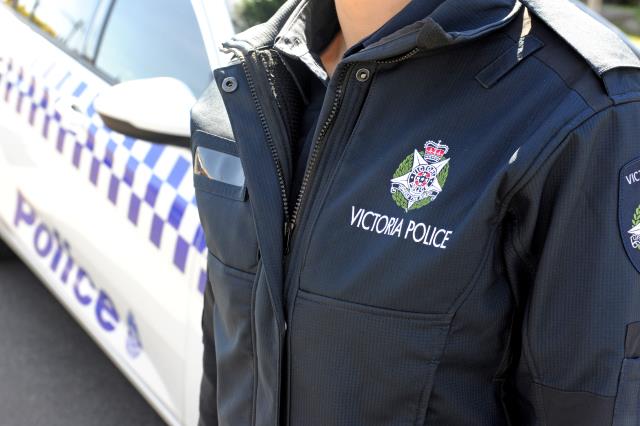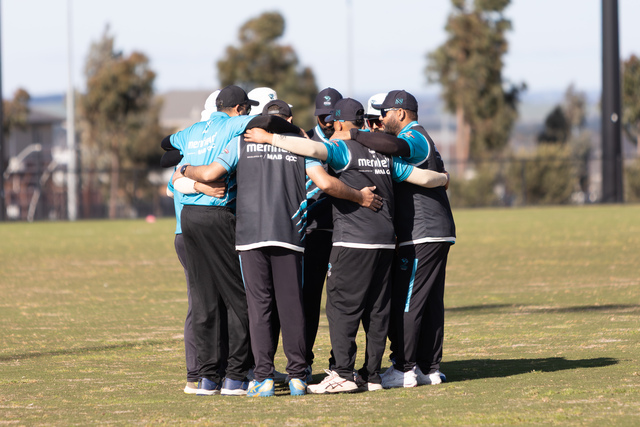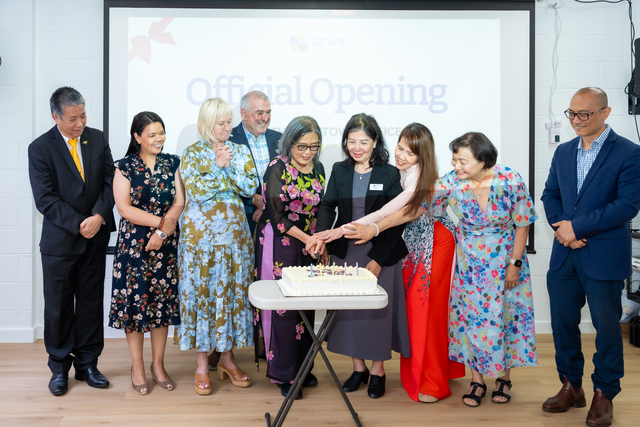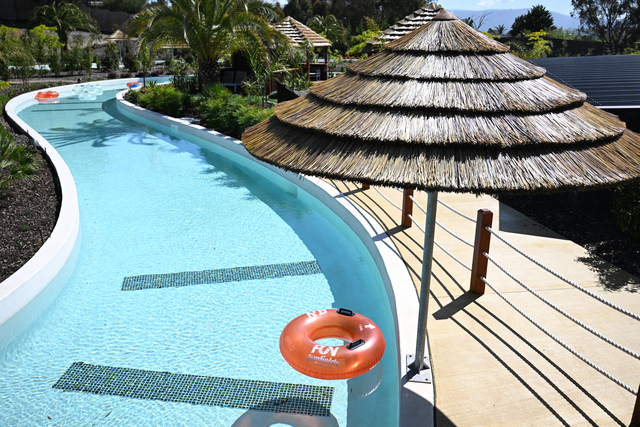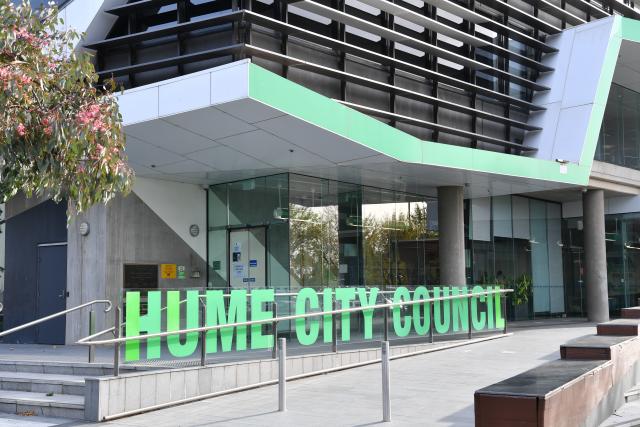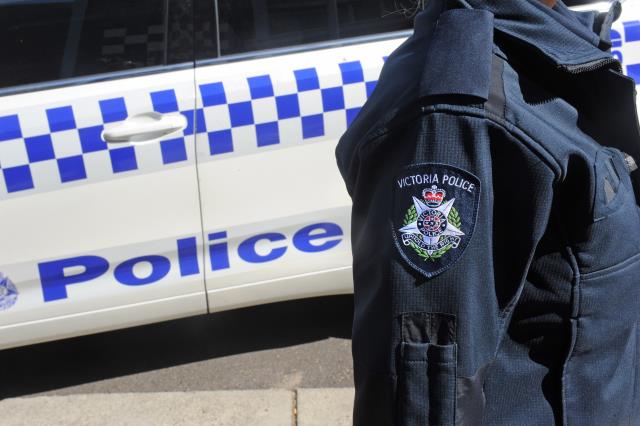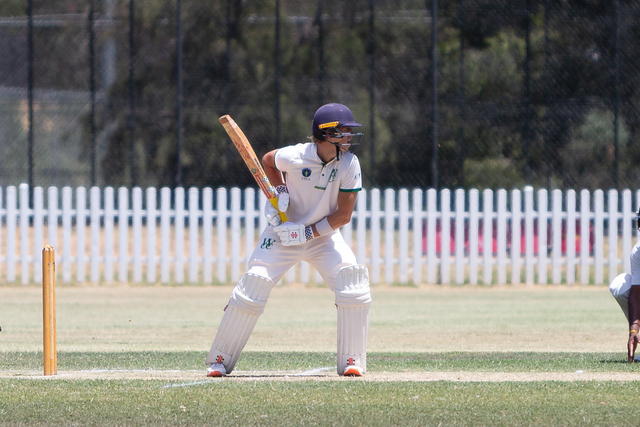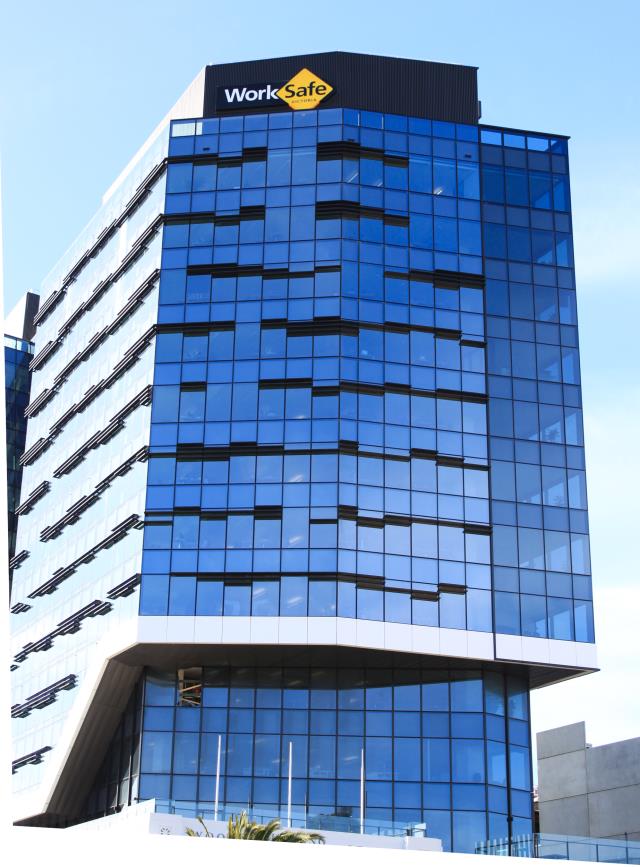IMMUNISATION
Secondary students are being deterred from taking part in free council-run immunisation programs because of a fear of needles, says Whittlesea mayor Mary Lalios.
Despite high participation rates for infant immunisation, years 7, 9 and 10 students in Whittlesea and Hume are lagging behind when it comes to the take-up of vaccinations provided free to all students under the National Immunisation Program.
The immunisation schedule for Victorian students is chickenpox (Varivax/Varilrix) and three courses of human papillomavirus (Gardasil) in year 7, another three courses against human papillomavirus for boys only in year 9, and a diphtheria, tetanus and pertussis booster (Boostrix) in year 10.
Hume council’s 2013 statistics show that 80.3 per cent of year 7 students received their first HPV vaccination, but that figure dropped to 76.4 per cent for the second dosage and
62.9 per cent for the third.
A similar pattern occurred among secondary students in Whittlesea. There were 1696 students enrolled in year 7, but just
80.1 per cent of students received their first dose of HPV, 74.4 per cent their second and 70.5 per cent their third.
Participation among male year 9 students for HPV fared even worse, with about 60 per cent of students receiving all three doses of the vaccine.
Whittlesea’s immunisation co-ordinator, Tanya Perrin, said the council expected the number of immunisations to drop off with each dosage.
Results from a Whittlesea council survey last year showed that students frequently cited the pain of an injection as a deterrent to being vaccinated. The council also said consent forms often didn’t make their way back to parents, creating another obstacle to broader participation.
“I’d strongly encourage parents to ask their children if they have their consent cards. Parents need to know that a diphtheria, tetanus and whooping cough booster is recommended for year 10 students because their last dose of this vaccine was
at four years of age and their immunity is now waning and putting them at risk,”
Cr Lalios said.
Federal president of the Australian Medical Association, Dr Steve Hambleton, was disappointed that participation rates dropped almost as low as 60 per cent.
He said it was extremely important that students complete the vaccination process.
“We need to work harder. We need education out there. We need parents on board.
“It’s an extraordinary thing we do. We vaccinate boys and girls against HPV before they’re exposed,” he said.
Students will be sent home with immunisation consent cards from mid-February for the 2014 program.
LEXI COTTEE

